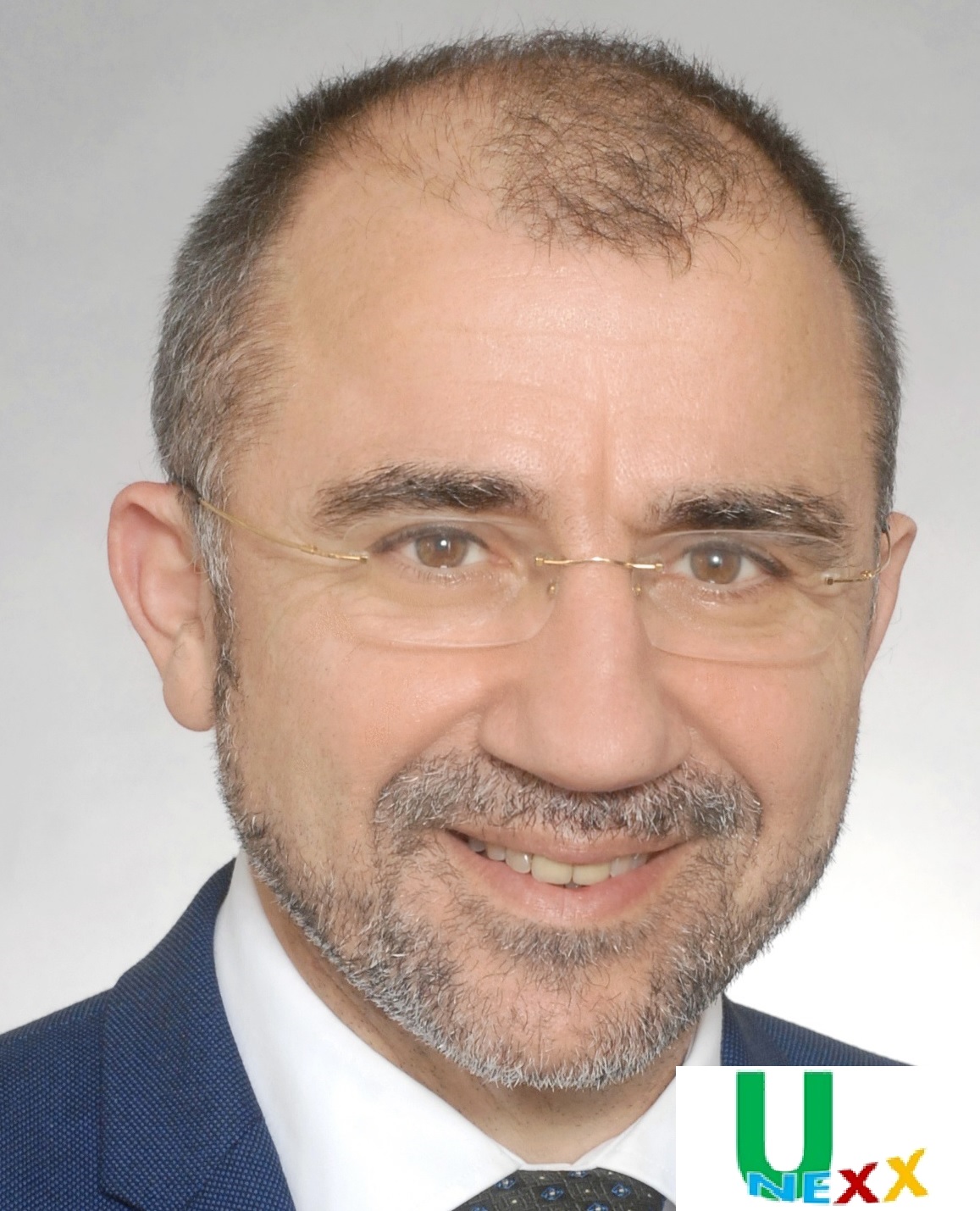Last Thursday, I attended to a Marcus Evans conference in Paris on Enterprise Architecture. For those who are not familiar with, Marcus Evans is definitely not a new pub name, but a very serious organisation in the conferences business. Once a year, they use to cover the topic of Enterprise Architecture local ongoings which attracts more or less the same actors, attendees and speakers.
I like it, because most of the time, people present their feedbacks : successes, drawbacks and outcomes. I am always impressed because project managers used to be very talented when they talk about their projects. This time the purpose was : “Enterprise Architecture, 7 years after”.
Since 1996, France settled the practice of “Urbanisme” based on City Organisation paradigm which is fairly closed to Enterprise architecture.The principles are to group information functionalities according to the type of resources they require. For instance, operational functions require transaction oriented resources with high availability, while external exchange functions require resources for managing and securing exchanges with actors located outside Information system.
When SOA appeared, “Urbanisme” dodged the new questions it brougth forward : for instance how to identify the services ? how to identify service operations ? These were among the subjects addressed by the conference speakers.
The first, Michel Brouant, Architecture Manager at Unédic, presented the roadmap of the Unedic and Assedic systems merging. The timetable was impressive : four months for setting up the roadmap due to few systems overlaps except for support processes like human resources, accounting and so on… three years of duration.
The roadmap combined 3 types of projects : Accessing IS (agent, customer, partners), streamlining systems, business functions like master data…
In a context with a lot of organisational questions left, the success came from a mature team which already had tools like systems maps and inventories. These helps to boost as is assessment.
Rafaël Gutierrez, Project Manager at Environment State department, presented the implementation of a generic Business Process Management engine. The approach of rolling out quickly such a service and connecting systems after, allows to start quickly with simple projects and skip more easily to more complex projects.
Nicolas Bogucki, Chief Architect at INA, presented the tool out of a tool which automate some parts systems mapping. It helps as well as functional and business mapping. The project choose Telelogic System Architect because it allows to customise metamodel and support automation like VBA.
Christophe Rémy-Neris, Editing Domain Director at Canal Plus, presented the benefits of SOA for a migration projects.
Stephan Chraibi, IT Strategy and Architecture Director at Aviva, presented a global project which allow to rearrange and group systems using virtualization technology.
Then François Rougier, CIO at MACIF, presented a system architecture evolution project toward multichannel customers relationship management. His model spans 4 layers = business systems which provide basic services, business procedures which orchestrate services, system procedures specific to a channel and human interface. He seeks the target of maximising service reuse, since his cost model shows that return on investment increase as services are reused. His main issue was to manage changes of services .
The last speaker has been Olivier Guerin, Director of “Urbanisation and SOA Strategy” at Dreamsoft. He developed the point of view that “Urbanisme” practise and SOA are tightly linked. He draw the prospect that “Urbanisme” helps to succeed in SOA.
The day finished with a round table on more feedbacks regarding SOA projects.
The conference presenter was Claude Durand, Strategy Director at Osiatis. He fare well in introducing and concluding briefly each presentation and in boosting questions and answers sessions.
The lesson of this day may be to demonstrate that the steps to SOA don’t always start with business transformation projects. It requires also a maturity level of technical infrastructure. Projects which contribute to improve technical architecture, may be a lever for the SOA roadmap. However even such projects need to be supported by a strong business case.

I like your writing style. Looking forward to reading more from you.
– Sue.